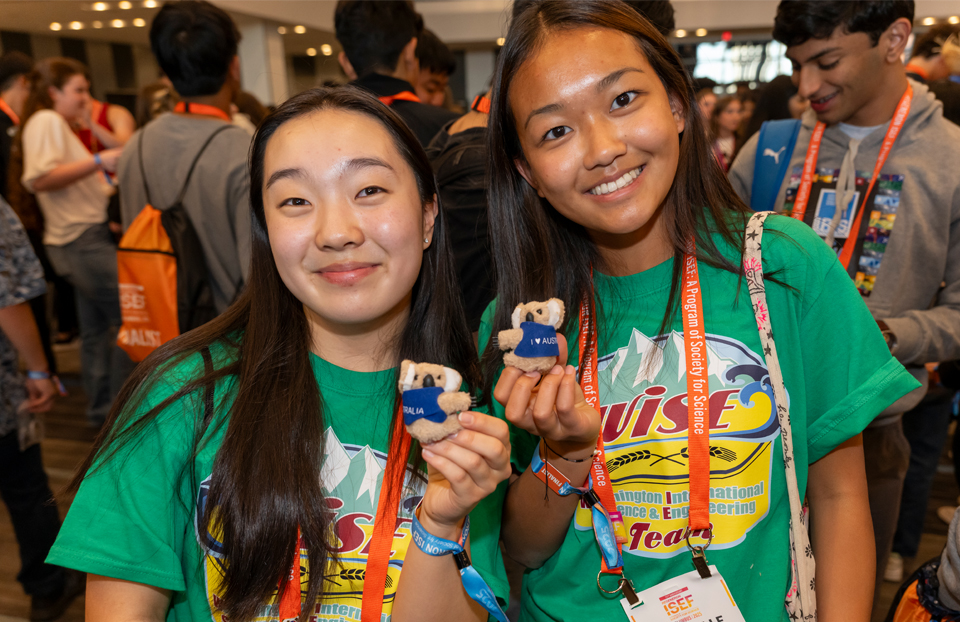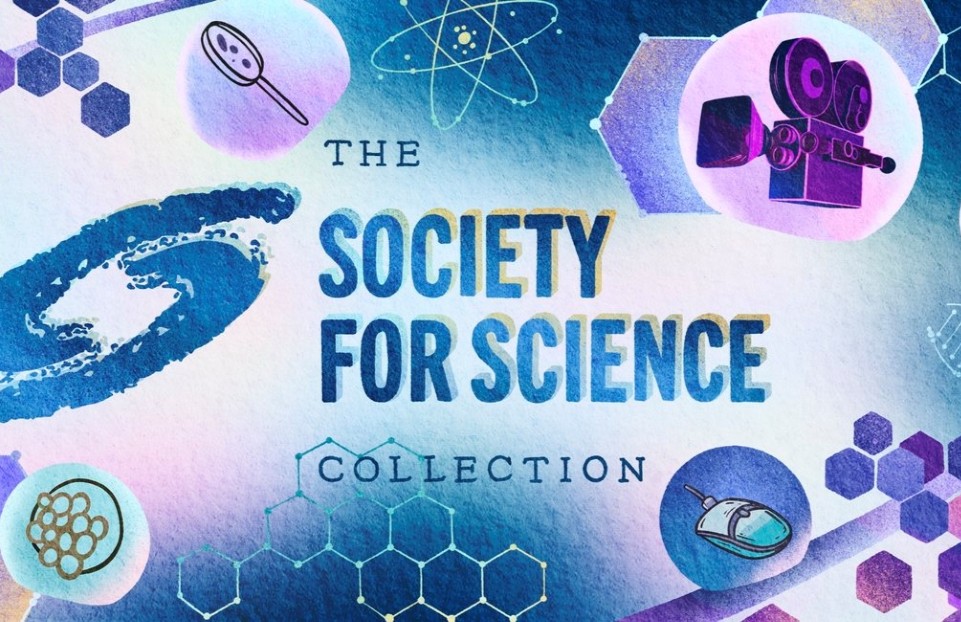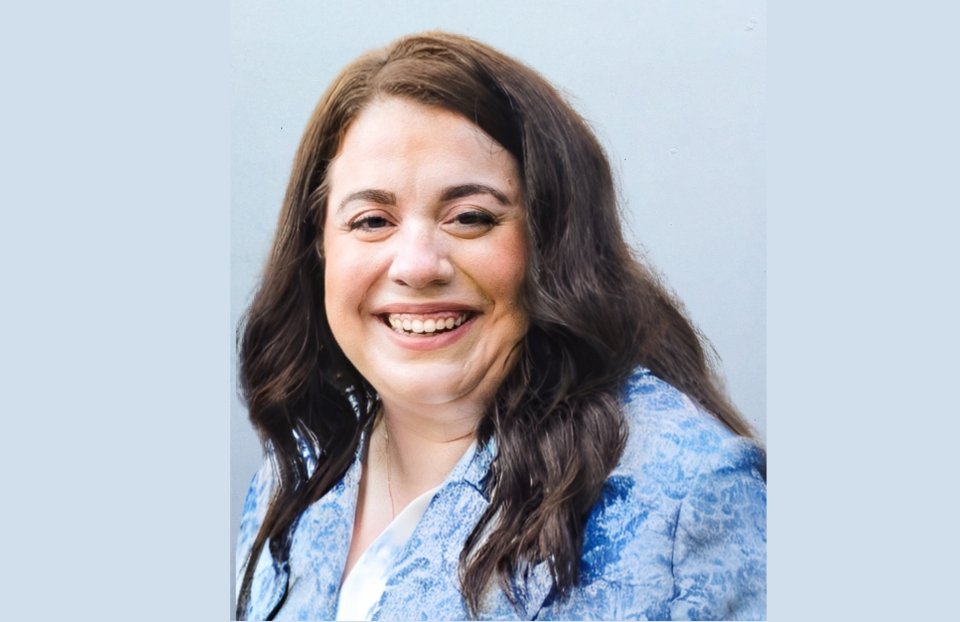A mentor who believes in the next generation of scientists
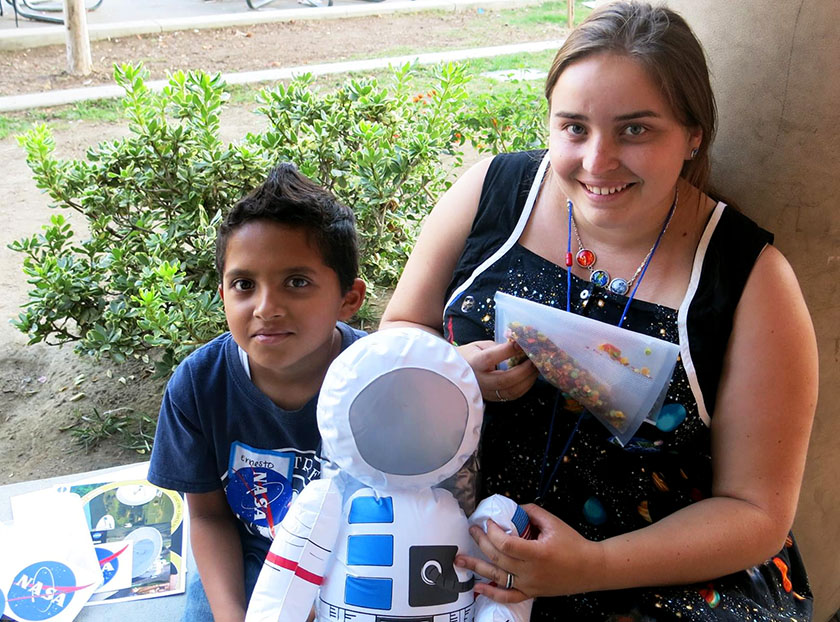
Dieuwertje Kast, a previous Grand Awards Judge for Intel ISEF, was named to the Forbes 30 Under 30 list in the science sector.
Dieuwertje strongly believes in encouraging young people in STEM and providing opportunities for low-income and underrepresented students.
As for advice for those interested in science, Dieuwertje said to be your authentic self and follow your passions. And find a mentor who believes in the next generation of scientists.
What was your most memorable experience at Intel ISEF?
I was a Grand Awards judge for the plant biology division at Intel ISEF in Los Angeles in 2011 and in 2014. It was so awe-inspiring to see the scale of thousands of STEM projects in so many different categories and subcategories and so many young scientists being so passionate about their STEM projects and how it was making a difference in the world.
Can you describe the judging process?
The Intel ISEF judging process is a long one. We are sent all the abstracts of everyone in our category before the in-person judging even begins, so that we can start to select which projects we definitely want to make sure we have on our interview docket. We get together as judges beforehand to make sure at least every person is interviewed three times. The interviews are the best part of the judging process because you really see all the time these students have put into their projects and how passionate they are. It really showed me how international and cross-cultural/lingual science can be all around the world.
I think that the judging is the most important event because it really is the culmination of all scientific work these scholars have done over the last few months or even years. It really shows not only the judges but also to the students themselves how well they know their project and their science and how their project has an impact on them personally, in their communities, in their states, in their countries, etc.
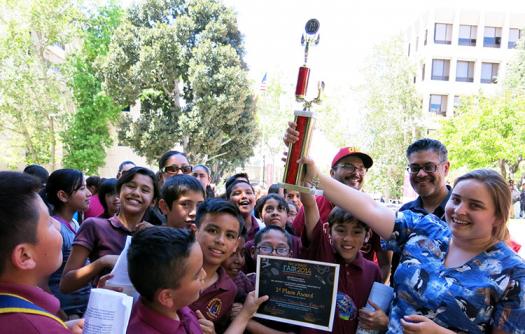
Has your involvement in Intel ISEF influenced you to pursue STEM or promote STEM to others?
While I was judging some of the Intel ISEF projects, I realized what access a lot of these students had to labs, information, resources, professors, schools, materials, etc., and how different it is for my students, and how I could work on creating similar access for my low-income and underrepresented students so that they too can perform at the same caliber that is needed for Intel ISEF. I was inspired as a judge to host many local science fairs, and judged in local, regional, and national science fairs.
You were recently selected as one of Forbes 30 Under 30 in the science sector. What does this recognition mean to you?
This honor strengthens my belief that helping to educate and train our next generation of young scientists is of utmost importance, and it further encourages me to move forward with this work.
My STEM programs level the playing field for low-income and underrepresented students and it is truly rewarding to see my students succeed because of the impact of these programs. Many students have gone on to enroll in STEM majors in universities, and it fills me with much joy and pride when I hear their success stories.
Only some of my students will continue the path into science in their future, but all students can benefit from it. A basic human motivator is to try to understand why and how things work. Curiosity about our world and our surroundings is the foundation of creativity and invention, and without STEM, we would be limiting ourselves in the future.
You teach the scientists of tomorrow. Can you describe your job and tell us why teaching young scientists is important?
I am the STEM Programs Manager for the USC Joint Educational Project and the STEM Coordinator for the USC Neighborhood Academic Initiative (NAI). Through these two programs, I manage a STEM pipeline of K-12 students. The WonderKids program is K-3, Young Scientists program (YSP) is 4-5th grade, and the USC Neighborhood Academic Initiative is 6-12th grade.
YSP works in partnership with five USC community schools to engage more than 1,400 elementary school students, 45 LAUSD teachers, and five principals through a broad repertoire of science curriculum. YSP teaching assistants are placed at each school, offering hands-on science labs. YSP brings scientific laboratory experiences directly to students and their teachers with the goal of supplementing current science instruction, complementing LAUSD and state grade level science learning standards, strengthening science literacy, and promoting interest in scientific careers.
WonderKids is an after-school curriculum that functions as a yearlong “career day” in the sciences for 1-3rd grade students. Students are introduced to at least four different occupations in the STEM fields.
I’m also the STEM coordinator for NAI. I teach marine biology during the summer and I am currently working on developing a wearable technology unit. NAI is a seven-year, pre-college enrichment program designed to prepare low-income neighborhood students for admission to a college or university. Those who complete the program, meet USC’s admission requirements, and choose to attend USC are rewarded with a full 4.5-year financial package, minus loans. NAI offers enhanced classes at USC on weekday mornings, the Saturday Academy, after-school tutoring, remedial and enrichment sessions, workshops on time management and study skills, PSAT and SAT1 preparation, STEM classes, cultural field trips, and recreational activities.
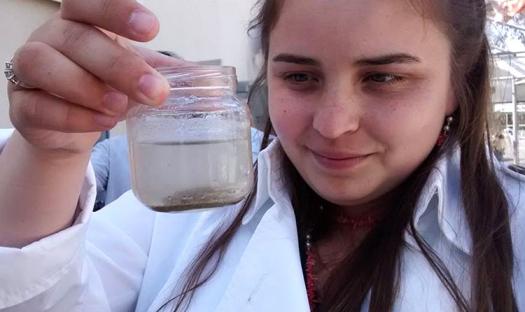
How did you first become interested in science?
My dad, Dr. W. Martin Kast, is a professor at the Keck School of Medicine of USC, and it is because of him that I grew up learning about his Human Papillomavirus and cervical cancer research. I was definitely inspired to be in STEM because of my dad. He was very happy when I applied to USC as a freshman biology major and did the progressive masters program in marine biology. I found my passion for science education during my time at USC by teaching in the local schools. Both my parents have been amazingly supportive of my STEM work with students. It’s because of my family’s (Martin, Sylvia, Hinde, and Harold Kast) support and it’s because of all of the other STEM education mentors I’ve had throughout the years that I’ve been able to become this successful.
Do you have other STEM-related projects or goals that you’re pursuing?
Besides my STEM jobs, I also participated in the National Oceanic and Atmospheric Administration Teacher at Sea program last summer (2015) to combine my love of hands-on research experience so that I can translate it into lesson plans. I will be continuing this type of experience in the North Pole next summer (2016) in PolarTREC (Teachers and Researchers Exploring and Collaborating). I will be working in the Arctic at the Toolik Research Station, located north of the Arctic Circle in Alaska. Our research will focus on microbial ecology of the Arctic Tundra. As a PolarTREC teacher, I’ll also create lessons to transfer scientific data, methodologies, and technology into my classroom. I’m excited about this opportunity because it is important for my students. Not only do they need to know about the cutting-edge science but also about important issues and how what happens in the polar regions impacts them.
What is your advice to young people interested in science and math?
Be your authentic self and follow your passions. Get experience in what you love — there are lots of ways to combine multiple loves, especially in science. Try to get experiences in all sorts of fields. Once you find that STEM field, find those mentors. Find people who are doing what you like — reach out.
I think students recognize the impact a passionate and dedicated STEM educator mentor can have on the next generation of scientists, especially for students who are normally underrepresented in STEM fields. I want to inspire all my students to do field work and be on the front lines of research collection, while I give them up-to-date and current data and research from scientists all across the world. In my STEM students, I see budding passions and appreciations for science and technology. Not everyone will become a scientist, but science comprehension and interpretation can be applied in a wide variety of fields.
